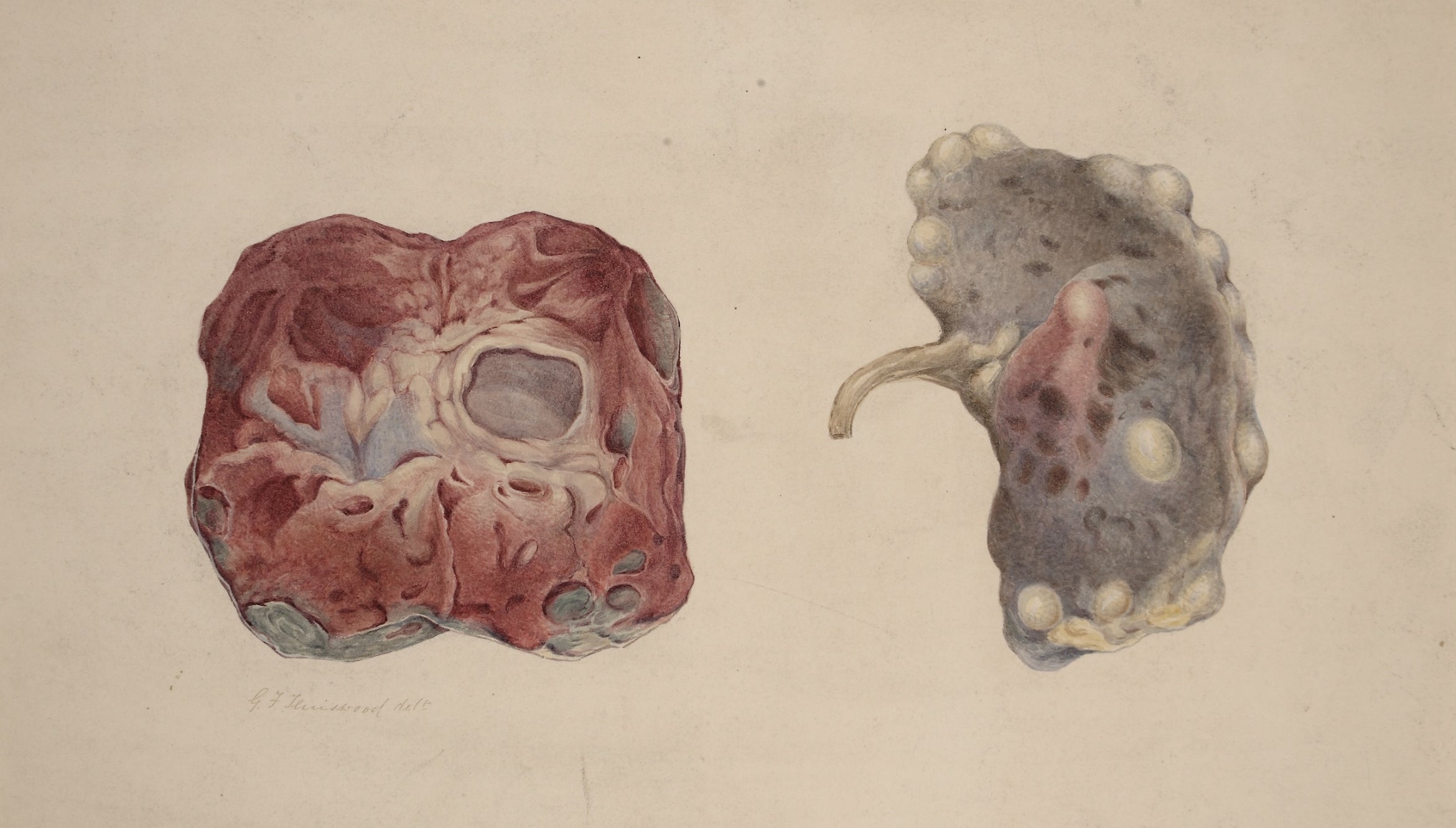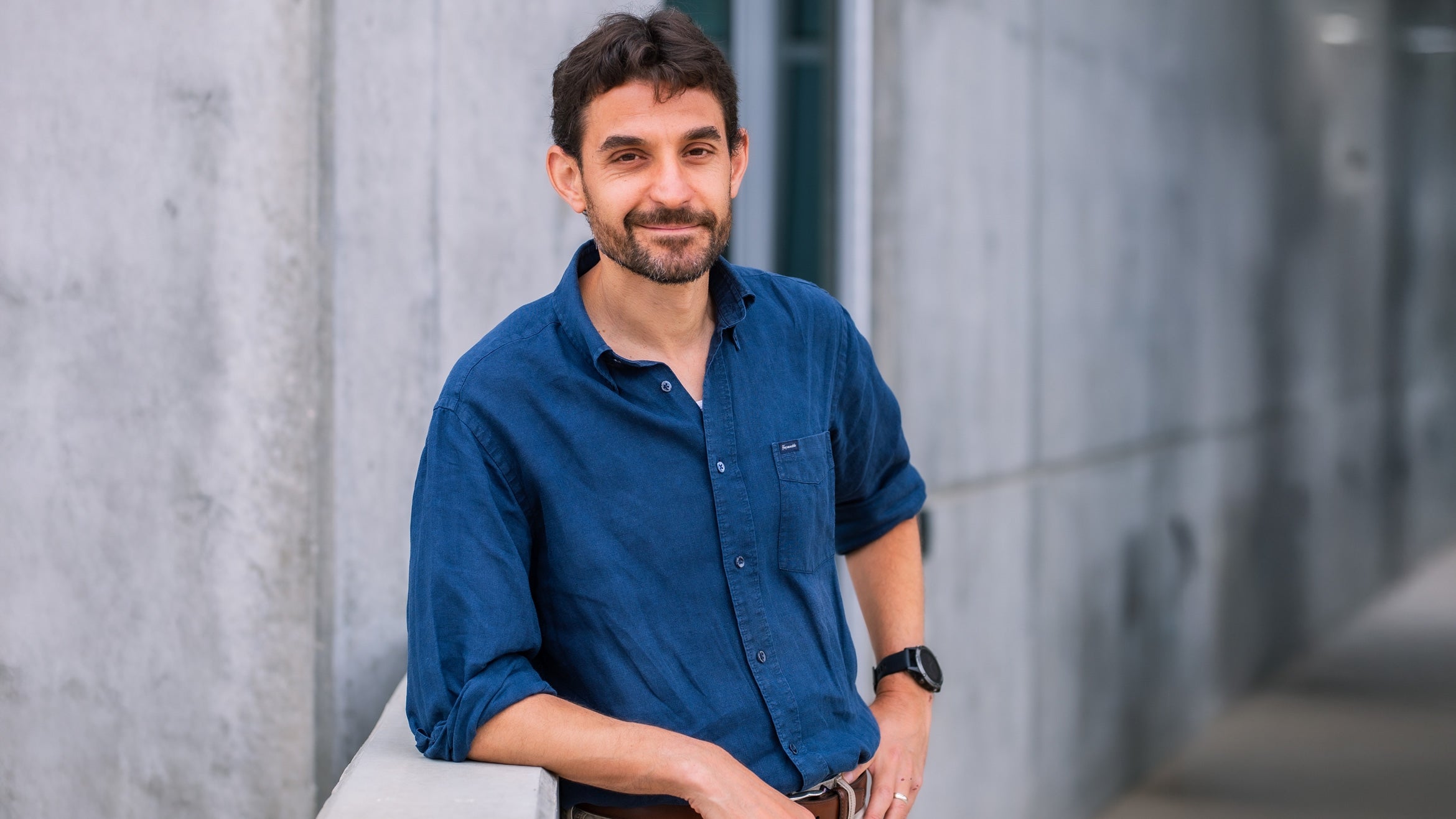
Physicist Boris Shraiman has led an intellectually peripatetic career, to great satisfaction, success and acclaim. The theoretician, a professor at UC Santa Barbara, was recently awarded the American Physical Society’s Max Delbrück Prize in Biological Physics for “contributions to morphogenesis, evolution, and biological information processing.”
The APS cited Shraiman’s “mastery of biological knowledge, innovative analysis of biological data, and rigorous theoretical reasoning” which he combines to “uncover deep insights into the underlying principles of biological processes.”
Make no mistake, though, Shraiman is a theoretical physicist by training, and that is still how he sees himself. He’s just a physicist who works on problems in biology. “I find it fascinating that simple ideas, simple theories, can be predictive even in a field as complex as biology,” he said.
“I am greatly honoured by the prize but it would not have happened without the fabulous cohort of my collaborators and without the benefit of the exceptional intellectual ferment of our institute and the department,” said Shraiman, the Susan F. Gurley Professor of Theoretical Physics and Biology at the Kavli Institute for Theoretical Physics (KITP) and in the UCSB Physics Department. “It feels good to have your past work recognized,” he added. “But to tell the truth, I’m more focused on the excitement of my current work. And I feel that the best work is still to come.”
Shraiman’s work has been a boon to his field and helped shape the character of KITP. “It’s wonderful that Boris has been appreciated for his groundbreaking theoretical insights into biology,” said KITP Director Lars Bildsten. “Through his curation of the yearly Santa Barbara Advanced School of Quantitative Biology, Boris has also created an international community of scientists who deeply engage in experiment and theoretical dialog every summer with early-career researchers. His contributions are profound and lasting.”
A migratory theorist
Shraiman trained as a theoretical physicist, focusing on statistical physics as a student at Harvard. But his subsequent scientific trajectory has mostly been driven by his curiosity and enthusiasm rather than his training. “Theorists may be thought of as herders rather than farmers,” he mused, “they can roam from one field to the next seeking interesting problems and tending to their flock of ideas.”
His career began with a focus on emergent complexity, studying how simple dynamics can give rise to complex and even chaotic behavior, observed in fluid flows and dendritic growth. He followed this into the realm of quantum materials science while working at Bell Labs in the late 1980s, which was then abuzz after the recent discovery of high-temperature superconductivity.
Bell Labs also had a pioneering biological computation department created in the late ‘80s, and inspired and advised by John Hopfield, the 2024 Nobel Physics laureate. Shraiman became lunch buddies with this group of physicists and eventually started attending their journal club.
“I joined them, and I was completely overwhelmed. I knew nothing,” Shraiman recalled. “There was this vast body of knowledge that I was completely unaware of.” So he started learning the topic largely by working on random open problems.
Entropy all but ensured that Shraiman would find himself in this new discipline. There were so many questions over there, that he was more likely to be working on one of these new problems than on his quantum materials research.
“Bell Labs was a remarkable environment,” he said. With nothing to distract from research and no grants to write, he could focus on whatever science he wanted to do. “So I could change fields.”
Biological Physics
Shraiman’s work falls within the new field of physics of living systems, the physics interface of quantitative biology — a rapidly growing sector of the vast life sciences. He has recently thrown himself into the matter of morphogenesis: the process by which a simple collection of cells develops into complex forms.
From stem cells to cancers, “studying cell differentiation is a huge industry in biology,” he said. Many researchers investigate how gene expression and biochemistry guide this process. But there is another part of the story: shape. “The question is, how do you encode this geometry in the process of growth and cell differentiation in such a way that you generate a given shape?”
In order to form tissues of a particular shape, cells push each other around. “Traditionally, molecular biology and genetics have focused on biochemical interactions, and humble mechanics had been largely overlooked,” Shraiman said.
The field of mechano-biology — which studies how intercellular forces and mechanical stresses affect tissue development — was just emerging when Shraiman joined KITP as a permanent member around 20 years ago. The mechanics involved in morphogenesis is quite different from the mechanics of passive matter that physicists learn in grad school. Mechanics of living matter has to describe tissues that don’t merely deform under external forces, but (like muscles) generate internal forces and actively rearrange themselves in a manner controlled by the complex instructions of gene expression and biochemical feedback.
Shraiman’s Delbrück Prize also recognizes another long-term interest: his statistical genetics approach to evolutionary dynamics. Reproduction involves genetic exchange, so different gene variants are constantly reshuffled during recombination and horizontal gene transfer. As a result, genes are constantly switching their genomic neighbors from one generation to another, like partners in a square dance. But the proteins all these neighbors encode still have to function properly together in an individual organism, Shraiman explained. As the suboptimal arrangements are weeded out of the population, nature selects for compatibility of gene variants across entire genomes.
Statistical genetics aims to reconcile how natural selection acts on individual genes and how it acts on entire genomes, advancing our quantitative understanding of evolutionary dynamics. A better account of this helps predict and anticipate what comes, say, in the next flu season.
Which topic will attract Shraiman’s attention next is anyone’s guess, himself included. While he started out focused on emergent complexity in simple systems, now Shraiman is in pursuit of simplicity emerging from the apparent complexity of living matter. His firm belief is that endless forms, most beautiful and most wonderful, can arise from simple rules that are yet to be discovered.
“I’ve been incredibly lucky to be able to work driven by curiosity and obsession,” reflected Shraiman. “It’s an amazing luxury.”



